Welcome to the Power Pressure Cooker manual, your comprehensive guide to mastering this versatile kitchen appliance. This manual covers setup, operation, and maintenance, ensuring safe and efficient cooking experiences. Perfect for beginners and experienced users alike, it helps you unlock the full potential of your pressure cooker with ease.
Overview of the Power Pressure Cooker XL
The Power Pressure Cooker XL is an entry-level electric pressure cooker designed for versatility and ease of use. It combines the functions of a pressure cooker, slow cooker, rice cooker, and sauté pan, making it a multi-functional appliance for various cooking needs. With its programmable digital interface, users can set precise cooking times and explore a variety of recipes. The cooker features multiple preset settings for common dishes, such as soups, grains, and meats, ensuring consistent results. Its compact design and user-friendly controls make it ideal for both beginners and experienced cooks. The Power Pressure Cooker XL is a practical addition to any kitchen, offering a convenient way to prepare healthy, flavorful meals efficiently.
This cooker is known for its durability and safety features, including pressure indicators and automatic shut-off, ensuring a safe cooking experience.
Importance of Reading the Manual
Reading the Power Pressure Cooker manual is crucial for optimal performance and safety. It provides detailed instructions on how to operate the cooker, understand its features, and troubleshoot common issues. The manual ensures users are aware of essential safety precautions, such as proper lid sealing and pressure valve operation, to prevent accidents. By following the guidelines, users can maximize the cooker’s potential and explore its versatile cooking modes. Additionally, the manual includes tips for preparing ingredients, setting timers, and using delay start functions effectively. Neglecting to read the manual may lead to improper use, potentially damaging the appliance or compromising safety. It also helps users avoid common mistakes, such as overfilling or incorrect pressure settings, ensuring a seamless and enjoyable cooking experience.
Regularly reviewing the manual can enhance your cooking skills and help you make the most of your Power Pressure Cooker.
Key Features of the Power Pressure Cooker
The Power Pressure Cooker is equipped with a variety of innovative features designed to simplify and enhance your cooking experience. It offers multiple cooking modes, including pressure cooking, slow cooking, sautéing, and steaming, making it a versatile addition to any kitchen. The cooker also features a digital control panel with preset settings for common dishes like soups, meats, and grains, ensuring consistent results. A delay start function allows users to schedule cooking up to 24 hours in advance, providing flexibility for busy schedules. Additionally, the cooker includes safety features such as a lid locking mechanism and automatic pressure control to prevent accidents. The stainless steel inner pot is durable and easy to clean, while the large capacity accommodates family-sized meals. These features combine to make the Power Pressure Cooker a user-friendly and efficient appliance for home cooks.
With these advanced features, the cooker delivers fast and flavorful meals effortlessly.
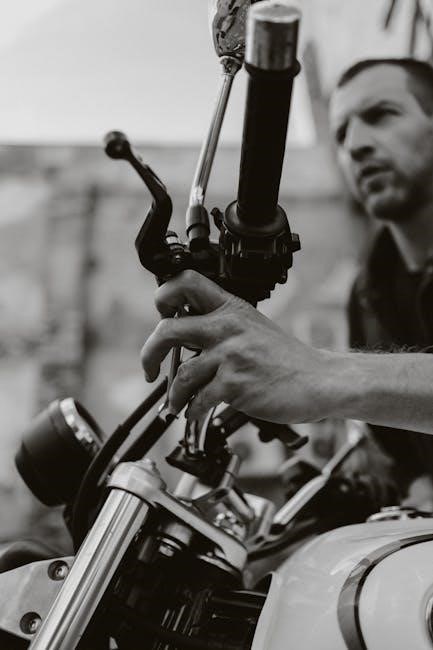
Understanding the Components of the Power Pressure Cooker
The Power Pressure Cooker is built with essential components like the pressure valve, lid, control panel, and inner pot. These parts work together to ensure safe, efficient, and flavorful cooking experiences.
Main Parts of the Pressure Cooker
The Power Pressure Cooker consists of several key components designed for safe and efficient cooking. The inner pot is the stainless steel cooking vessel where food is placed. The lid seals the cooker, featuring a locking mechanism and a pressure valve. The pressure valve regulates steam release, ensuring proper pressure levels. The control panel houses buttons for setting timers, selecting modes, and monitoring cooking progress. Additionally, the cooker includes a sealing ring to prevent leaks and a steam basket for steaming vegetables or rice. Understanding these parts is essential for proper assembly, operation, and maintenance of the pressure cooker. Each component plays a vital role in ensuring safe and effective cooking experiences. Familiarizing yourself with these elements will help you use the cooker confidently and efficiently.
Pressure Valve and Its Functions
The pressure valve is a critical component of the Power Pressure Cooker, responsible for regulating pressure and steam release during cooking. Its primary function is to maintain safe pressure levels inside the cooker, ensuring even cooking and preventing overflow. The valve allows steam to escape gradually or quickly, depending on the cooking method. There are typically two types of pressure release: quick release and natural release. The quick release method involves manually opening the valve to release steam rapidly, while natural release lets the pressure drop on its own. The pressure valve also features a locking mechanism to prevent accidental opening while the cooker is under pressure. Proper use of the pressure valve is essential for safe and effective cooking; Always refer to the manual for guidance on operating the valve correctly for different cooking tasks.
Lid and Sealing Mechanism
The lid of the Power Pressure Cooker is designed to fit securely, ensuring a tight seal during cooking. The sealing mechanism, often a rubber gasket, is crucial for maintaining pressure and preventing steam from escaping. Proper alignment of the lid is essential to ensure the cooker operates safely and efficiently. Over time, the gasket may wear out and require replacement to maintain the seal. For optimal performance, clean the lid and gasket regularly to remove food residue. If the lid is not sealing correctly, check for blockages or damage. Always refer to the manual for guidance on replacing or adjusting the sealing mechanism. A well-maintained lid ensures consistent pressure cooking results and prevents safety hazards. Regular inspection and care will extend the lifespan of your Power Pressure Cooker.
Control Panel and Buttons
The control panel of the Power Pressure Cooker is its command center, featuring buttons and an LCD display for easy operation. The panel includes buttons for selecting cooking modes, setting timers, and initiating the cooking process. The Power button turns the cooker on and off, while mode-specific buttons allow you to choose functions like Pressure Cook, Slow Cook, or Sauté. The Timer button enables you to set cooking durations, and the Delay Start button lets you schedule cooking sessions. Additional buttons may include Quick Release for venting steam manually. The LCD display provides clear feedback on the selected settings and cooking progress. Understanding the control panel is essential for optimizing your cooking experience. Always refer to the manual for detailed instructions on using each button and feature effectively. Proper use of the control panel ensures safe and efficient cooking with your Power Pressure Cooker.
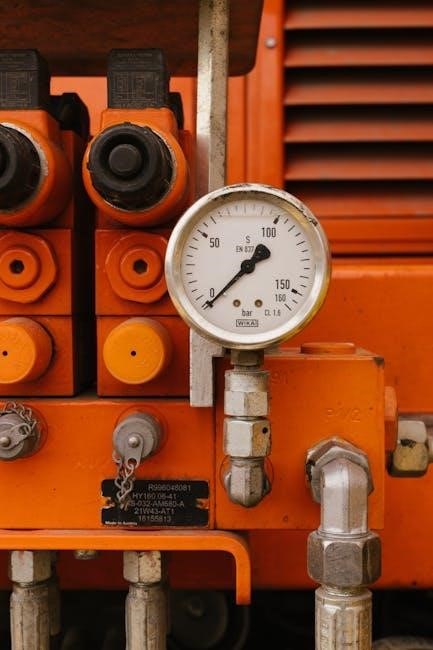
Setting Up Your Power Pressure Cooker
Unbox and inspect your Power Pressure Cooker, ensuring all parts are included. Place it on a stable, heat-resistant surface, away from flammable materials. Before first use, wash the inner pot and accessories with mild soap. Refer to the manual for initial setup instructions and safety guidelines to ensure proper operation and longevity of your cooker.
Unboxing and Initial Inspection
When you unbox your Power Pressure Cooker, carefully inspect all components to ensure they are undamaged and complete. The package typically includes the main unit, lid, inner pot, sealing ring, steam basket, and accessories like a spoon and measuring cup. Examine the power cord, control panel, and pressure valve for any signs of damage. If any parts are missing or damaged, contact customer support immediately. Before first use, wash the inner pot, lid, and accessories with mild soap and rinse thoroughly. This ensures cleanliness and prevents any manufacturing residues from affecting your first meal. Refer to the manual for a detailed list of included items and instructions for initial setup. Proper inspection and preparation are crucial for safe and effective operation of your Power Pressure Cooker.
Placement and Storage Guidelines
Proper placement and storage of your Power Pressure Cooker are essential for safety and longevity. Position the cooker on a stable, heat-resistant surface, away from flammable materials and children. Ensure the area is well-ventilated to prevent steam buildup. Avoid placing it near open flames or hot surfaces. When not in use, store the cooker in a dry, cool place, keeping the lid separated to allow moisture to evaporate. Regularly inspect the power cord for damage and avoid coiling it tightly, as this can cause wear. Store accessories in a designated area to prevent misplacement. Always refer to the manual for specific storage recommendations tailored to your model. Proper placement and storage habits will ensure your Power Pressure Cooker remains in excellent condition and continues to perform optimally for years to come.
Preparing for First Use
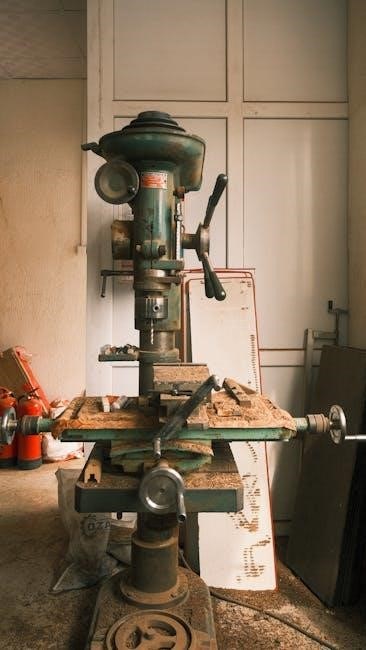
Before using your Power Pressure Cooker for the first time, follow these steps to ensure optimal performance. Carefully unpack all components and inspect them for any damage. Wash the inner pot, lid, and accessories with warm, soapy water, then dry thoroughly with a clean towel. Seasoning the cooker is optional but recommended to prevent rust. Apply a small amount of cooking oil to the inner surfaces. Place the cooker on a stable, heat-resistant surface, away from flammable materials. Plug it in and run a test cycle with 2-3 cups of water to familiarize yourself with its operation. Finally, explore the control panel and buttons to understand their functions before cooking. Proper preparation ensures safety and longevity, making your cooking experience enjoyable and efficient.

Safety Precautions and Guidelines
Safety is paramount when using the Power Pressure Cooker. Always read the manual and understand its guidelines. Never leave the cooker unattended while in operation, and keep it out of children’s reach. Essential precautions ensure safe and effective cooking experiences.
Essential Safety Tips
To ensure safe operation of your Power Pressure Cooker, always follow these essential tips. Never leave the cooker unattended while it is in use, and keep children away from the appliance. Before cooking, thoroughly read the manual to understand all functions and safety features. Always use the correct accessories provided with the cooker to avoid accidents. Regularly inspect the lid, sealing ring, and pressure valve for damage or wear. Avoid overfilling the cooker, as this can lead to improper sealing and potential hazards. When using the delay cooking function, ensure ingredients are fresh and will not spoil during the waiting period. Always allow the cooker to cool slightly before opening the lid, and never force it open. By adhering to these guidelines, you can enjoy safe and efficient cooking experiences with your Power Pressure Cooker.
Understanding Pressure Indicators
Pressure indicators are crucial components of the Power Pressure Cooker, ensuring safe and efficient operation. These indicators, often located on the lid or control panel, visually signal when the cooker has reached the desired pressure level. They typically feature a rising pin or light that indicates pressure buildup and stabilization. Once the cooker reaches the set pressure, the indicator will stabilize, signaling that cooking has begun. It’s essential to monitor these indicators to ensure proper function. Always wait for the pressure to drop naturally or for the indicator to show it’s safe to open the lid. Never attempt to force the lid open, as this can lead to accidents. Regularly check the pressure indicator for cleanliness and proper function to maintain your cooker’s performance. Understanding and using these indicators correctly will enhance your cooking experience and ensure safety.
Operating the Cooker Safely
To ensure safe operation of your Power Pressure Cooker, always follow these guidelines. First, read the manual thoroughly before initial use. Familiarize yourself with the pressure indicators and safety features, such as the locking lid mechanism, which prevents accidental opening under pressure. Never leave the cooker unattended while it’s in operation. Avoid attempting to force the lid open, as this can lead to injury. Always ensure the lid is properly sealed and aligned before starting. Regularly inspect and clean the pressure valve and sealing ring to maintain proper function. Keep children away from the cooker while it’s in use. By adhering to these safety precautions, you can enjoy efficient and risk-free cooking with your Power Pressure Cooker.

Operating the Power Pressure Cooker
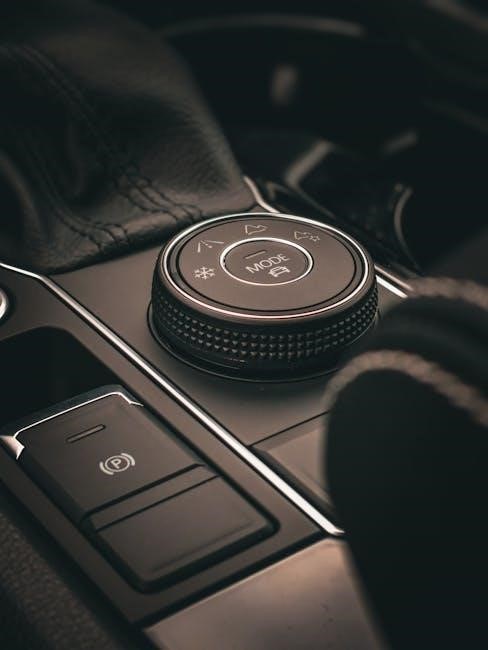
Learn to operate your Power Pressure Cooker effortlessly with its user-friendly interface. Use preset buttons for common dishes or customize settings for precise control over cooking time and pressure levels.
Basic Cooking Modes
The Power Pressure Cooker XL offers several basic cooking modes to simplify your culinary tasks. These include settings for pressure cooking, slow cooking, rice cooking, yogurt making, and sautéing. Each mode is designed to cater to specific cooking needs, ensuring optimal results. The pressure cooking mode allows for quick meal preparation, while slow cooking is perfect for tenderizing tougher cuts of meat over low heat. The rice cooking function ensures perfectly cooked grains every time, and the yogurt maker helps you craft homemade yogurt with ease. The sauté function is ideal for browning meats or vegetables before switching to another mode. With these preset options, you can achieve a variety of dishes with minimal effort. Simply select the desired mode, set the timer, and let the cooker do the work for you.
Setting the Timer and Delay Start
Setting the timer and using the delay start function on your Power Pressure Cooker XL allows for precise control over your cooking schedule. The timer can be set to cook for a specific duration, ensuring your dishes are prepared to perfection. The delay start feature is particularly useful for busy households, enabling you to postpone cooking by up to 24 hours. This means you can prepare ingredients in the morning and have a ready-to-eat meal by evening. To set the timer, simply use the ‘+’ or ‘-‘ buttons on the control panel to adjust the cooking time. For delay start, press the ‘Delay’ button and select your desired start time. The cooker will automatically begin at the set time, offering convenience and flexibility for meal planning. This feature is especially handy for tenderizing meats or preparing soups and stews ahead of time. Always ensure ingredients are fresh to avoid spoilage during delayed cooking. With these functions, you can effortlessly manage your cooking schedule and enjoy stress-free meal preparation.
Quick Release vs. Natural Release
Understanding the difference between Quick Release and Natural Release is crucial for optimal cooking results. Quick Release involves manually opening the pressure valve to rapidly release steam, immediately halting the cooking process. This method is ideal for delicate foods like vegetables to prevent overcooking. Natural Release, however, allows the pressure to drop gradually over 10 to 30 minutes, which is perfect for tougher meats and grains, enhancing tenderness. The manual advises against using Quick Release for certain foods, such as rhubarb, due to potential splatter. For beans, Natural Release is typically recommended. Specific guidelines or examples for common dishes would clarify when to use each method. Additionally, minimizing splatter during Quick Release by releasing pressure in short bursts could be a useful tip. Overall, more detailed instructions would enhance this section’s practicality for various recipes.
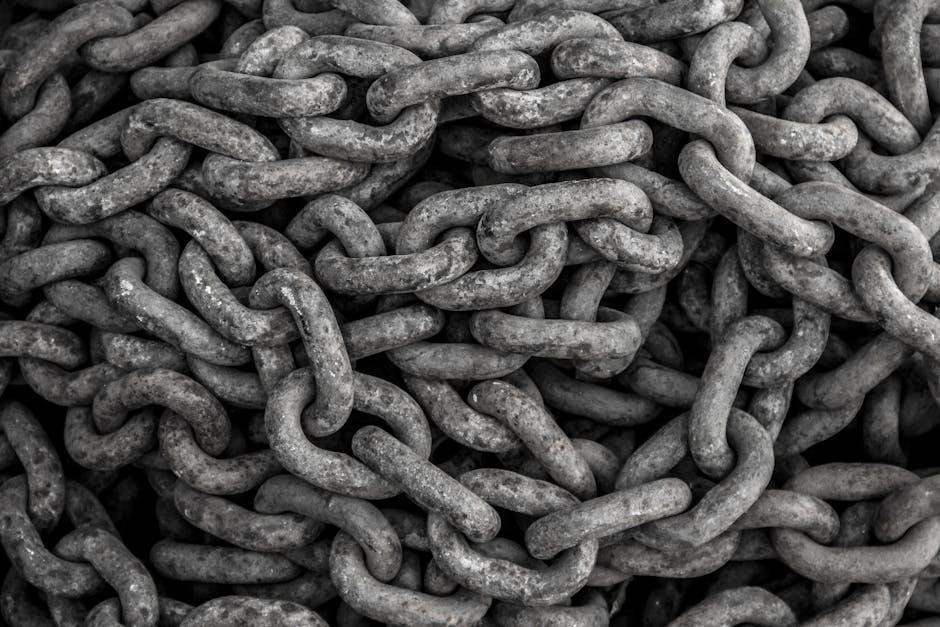
Cooking Techniques and Recipes
Discover versatile cooking techniques and delicious recipes tailored for your Power Pressure Cooker. From hearty stews to flavorful grains, explore easy-to-follow meal ideas for all skill levels and dietary preferences.
Common Cooking Settings
The Power Pressure Cooker offers preset settings for various dishes, including meat, grains, and vegetables. These settings ensure optimal cooking results with minimal effort. For example, the “Meat/Stew” setting is ideal for tenderizing tougher cuts, while the “Rice/Grain” setting adjusts pressure and temperature for perfect texture. Vegetable settings prevent overcooking, preserving nutrients and flavor. The “Soup” setting is great for hearty broths, and the “Manual” mode allows customization of pressure levels and cooking times. Understanding these settings helps you achieve consistent results. Always refer to your manual or recipe books for specific guidance on using these features effectively. Experimenting with different settings will enhance your cooking experience and expand your recipe repertoire;
Preparing Ingredients for Pressure Cooking
Properly preparing ingredients is essential for safe and efficient pressure cooking. Always wash vegetables thoroughly and chop them into uniform sizes to ensure even cooking. Meats should be trimmed of excess fat to prevent splattering and promote tender results. Season ingredients before cooking to enhance flavor. For grains and legumes, rinse them under cold water to remove impurities, and soak if necessary. Root vegetables like potatoes and carrots should be peeled and cubed, while delicate herbs like parsley or basil can be added toward the end of cooking to retain freshness. Marinate meats or poultry if desired to boost flavor and tenderness. Liquids are crucial for pressure cooking; use broth, water, or other cooking liquids as recommended. Avoid overfilling the cooker, leaving space for steam to build pressure. Always refer to your manual or recipe guidelines for specific preparation instructions.
Popular Recipes for Beginners
Start your pressure cooking journey with simple and delicious recipes perfect for beginners. Chicken soup, chili, and hard-boiled eggs are great options to get familiar with the cooker’s settings. Try cooking rice, quinoa, or lentils for quick, nutritious meals. Roasted vegetables like potatoes, carrots, and green beans cook evenly and fast under pressure. For hearty meals, attempt beef stew or pulled pork, which become tender in minutes. Desserts like cheesecake or custards are also surprisingly easy to make. These recipes are ideal for mastering basic techniques while enjoying flavorful results. Experiment with seasonings and liquids to enhance flavors. Always follow the manual’s guidelines for cooking times and liquid ratios to ensure success. Pressure cooking simplifies meal prep, making it easy to create a variety of dishes with minimal effort and cleanup.

Maintenance and Cleaning
Regular cleaning and maintenance are essential to extend the lifespan of your Power Pressure Cooker. Always wash removable parts after use and check for blockages in the pressure valve. Refer to the manual for detailed cleaning instructions to ensure optimal performance and safety.
Cleaning the Pressure Cooker
Cleaning your Power Pressure Cooker is essential for maintaining its performance and longevity. Start by unplugging the device and allowing it to cool completely. For the exterior, use a damp cloth with mild soap to wipe down surfaces, avoiding abrasive cleaners that could damage the finish. The interior, including the cooking pot and lid, should be washed with warm, soapy water after each use. Pay special attention to the gasket and pressure valve, as these areas can accumulate food residue. Regularly cleaning these parts ensures proper sealing and prevents clogs. For tough stains, soak components in warm water before scrubbing gently. Always rinse thoroughly and dry the cooker to prevent moisture buildup. Cleaning regularly not only maintains hygiene but also ensures safe and efficient operation.
Maintaining the Sealing Ring
The sealing ring is a critical component of your Power Pressure Cooker, ensuring a tight seal during cooking. Regular maintenance is essential to prevent leaks and maintain performance. After each use, inspect the ring for signs of wear, such as cracks, discoloration, or odors. If damaged, replace it immediately; To clean, remove the ring and wash it with warm, soapy water. Rinse thoroughly and dry to prevent moisture buildup. Avoid using abrasive cleaners or scrubbers, as they can damage the rubber. For tough odors, soak the ring in a mixture of equal parts water and white vinegar for 30 minutes before washing. Regularly replacing the sealing ring every 2-3 years or as recommended in the manual ensures optimal performance. Proper maintenance prevents leaks and ensures your cooker operates efficiently and safely.
Troubleshooting Common Issues
If your Power Pressure Cooker isn’t functioning properly, start by identifying the issue. If the lid won’t seal, check for food residue or misalignment. Clean the sealing ring and ensure it’s properly seated. For pressure valve problems, ensure it’s clean and free of blockages. If the cooker won’t turn on, verify it’s plugged in and the outlet is working. Error codes usually indicate specific issues, so consult your manual for guidance. If food isn’t cooking evenly, adjust cooking times or liquid levels. For delayed cooking issues, ensure the timer is set correctly. Always refer to the manual for troubleshooting steps specific to your model. Regular cleaning and maintenance can prevent many common issues. If problems persist, contact customer support for assistance. Proper care and troubleshooting ensure your cooker performs optimally and extends its lifespan.
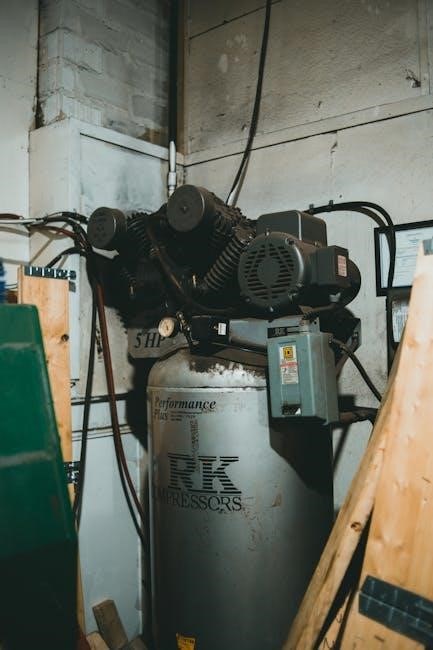
Advanced Features and Tips
Explore advanced features like delay cooking and customizable settings to enhance your cooking experience. Learn to optimize these tools for precise control and better meal preparation outcomes.
Using the Delay Cooking Function
The delay cooking function allows you to schedule your meals up to 24 hours in advance. This feature is perfect for busy schedules, enabling you to prepare ingredients in the morning and have a ready-to-eat meal by evening. To use this function, simply add your ingredients, set the timer, and select the desired cooking mode. The cooker will automatically start at the specified time. Ensure all ingredients are fresh and properly stored before setting the delay to avoid spoilage. This feature is especially useful for dishes like stews, soups, and grains that benefit from longer cooking times. Always refer to your manual for specific instructions on activating the delay function, as it may vary slightly depending on your cooker model.
Customizing Recipes and Settings
Customizing recipes and settings on your Power Pressure Cooker allows you to tailor meals to your preferences. Adjust cooking times, pressure levels, and ingredient ratios to suit your taste. For example, add spices or herbs for extra flavor or modify liquid amounts for thicker sauces. The control panel makes it easy to tweak settings mid-cooking if needed. Experiment with new recipes by combining different cooking modes, such as sautéing before pressure cooking. Remember to refer to the manual for specific guidelines on adjusting settings safely. Over time, you’ll find the perfect balance for your favorite dishes. This flexibility ensures that your pressure cooker becomes a versatile tool for creating personalized meals effortlessly.
